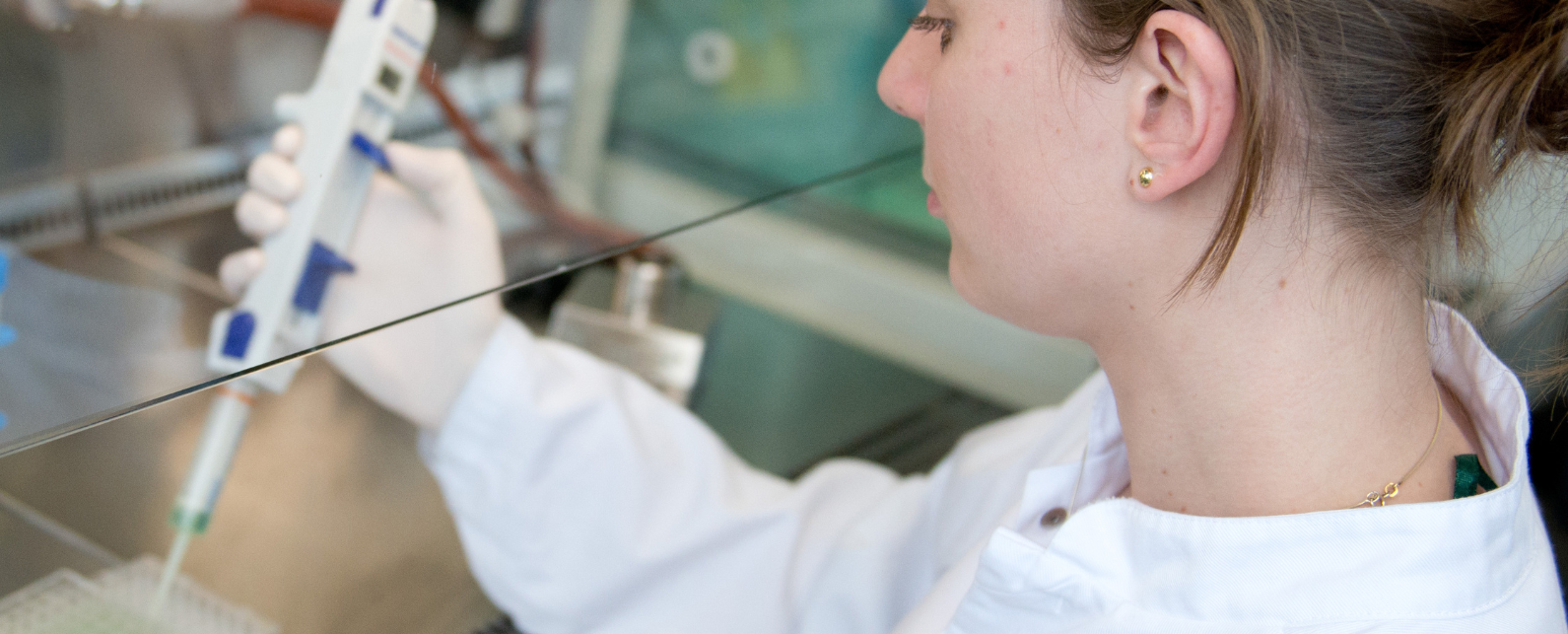
- No Results
- Global
-
Australia

-
Austria

-
Azerbaijan

-
Brazil

-
Belgium

-
Canada

-
Chile

-
China

-
Costa Rica

-
Croatia

-
Czech Republic

-
Denmark

-
ESTONIA

-
Finland

-
France

-
Germany

-
Hong Kong

-
Hungary

-
India

-
Italy

-
Ireland

-
Japan

-
Korea

-
Latvia

-
Lithuania

-
Malaysia

-
Mexico

-
Morocco

-
Netherlands

-
New Zealand

-
Norway

-
Philippines

-
Poland

-
Portugal

-
Romania

-
Singapore

-
Slovakia

-
Slovenia

-
Spain

-
Sweden

-
Switzerland

-
Taiwan

-
Turkey

-
United Kingdom

-
UNITED ARAB EMIRATES

-
United States

-
Vietnam

In-vitro Alternatives for Biocompatibility
Contact usEurofins Medical Device Testing network of laboratories is committed to the advancement of animal welfare and encourages others to include human concern for animals as a core aspect of corporate social responsibility.
That is why Eurofins Medical Device Testing is a leader in safety testing without animals and is deeply committed to the principles of the 3 R’s of Replacement, Reduction and Refinement.
Our evaluation methods incorporate a unique approach that lead to improved prediction of human results.
Our service portfolio includes methods for replacing the use of animals to evaluate acute systemic toxicity, skin and eye irritation, skin sensitisation and also reducing the use of animals for repeated-dose toxicity, carcinogenicity and reproductive toxicity.
Eurofins Medical Device Testing network of laboratories works closely with independent scientists and regulatory agencies to adopt methods to satisfy various regulations. We are proactive in the development and use of in vitro methods partnering researchers and clients in pre-validation and validation studies.
Choose Eurofins Medical Device Testing to help you:
- Test your device's safety without the use of animals
- Evaluate your device with improved prediction of human results
- Work closely with scientists and regulatory agencies to satisfy various regulations
Study Types for Screening Purpose:
in silico Safety Modeling
- Structure activity relationship by computerized models (Multiple softwares available)
Eye Irritancy
- Bovine corneal opacity and permeability test (BCOP; OECD 437)
Skin Irritation
- Reconstructed human epidermis model (OECD 439, ISO 10993-23)
Skin Sensitisation
- In vitro: KeratinoSens (OECD 442 D)
- In vitro: Activity of dendritic cells – h-Clat
Local Tolerance
- Oral mucosal irritation using human reconstructed oral epithelium
- Vaginal epithelial irritation using human reconstructed vaginal epithelium
- Bladder epithelial irritation using human reconstructed bladder epithelium
Performance Testing
- Barrier efficacy test (human skin model)
- Lenitive efficacy test (human skin model)
- Wound healing efficacy (human skin model)
- Whitening efficacy (human skin model)
Medical Device Surface Modification
- Osteoblast Cell Line Proliferation Test
- Fribroblast Cell Line Proliferation Test


